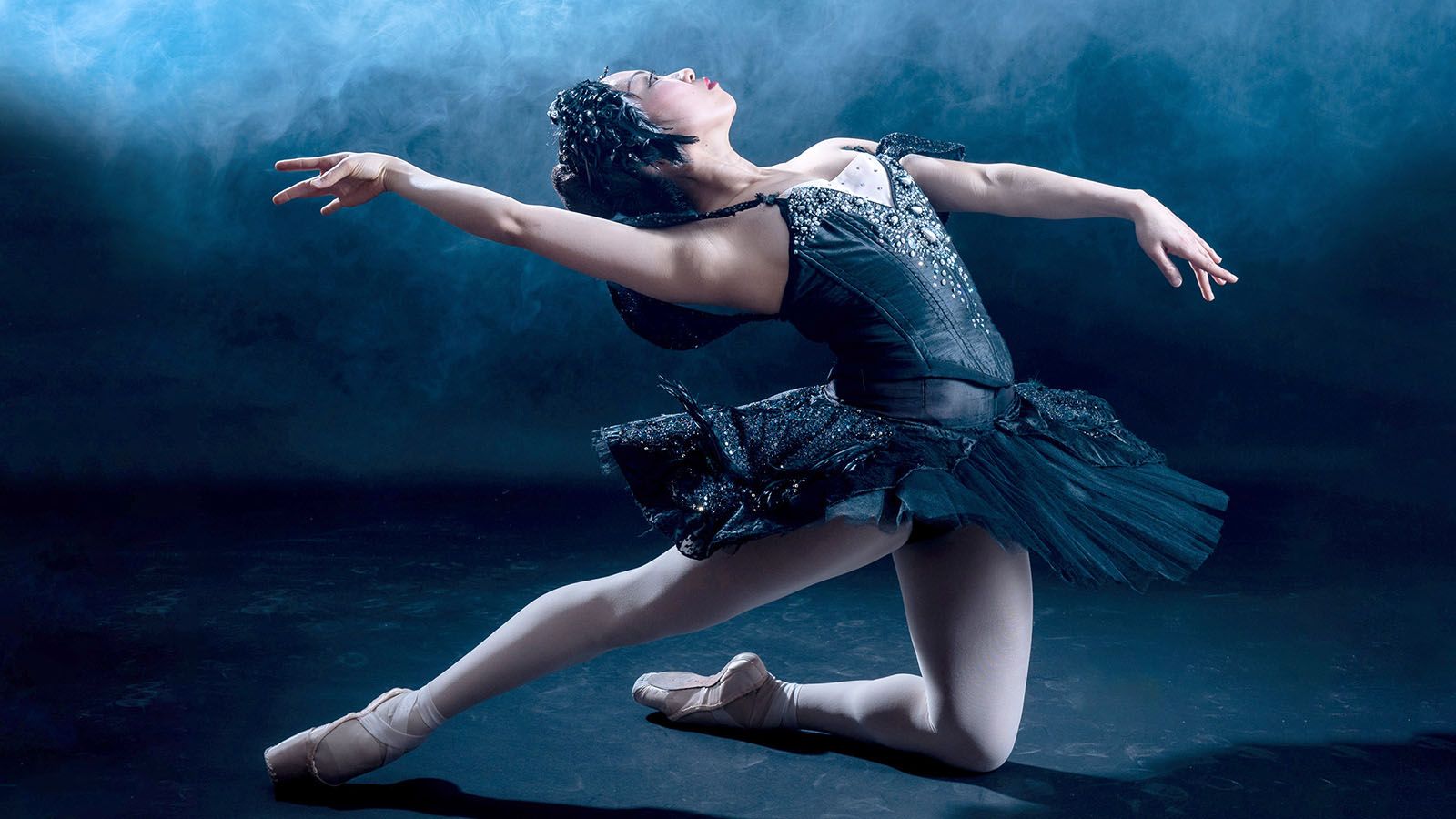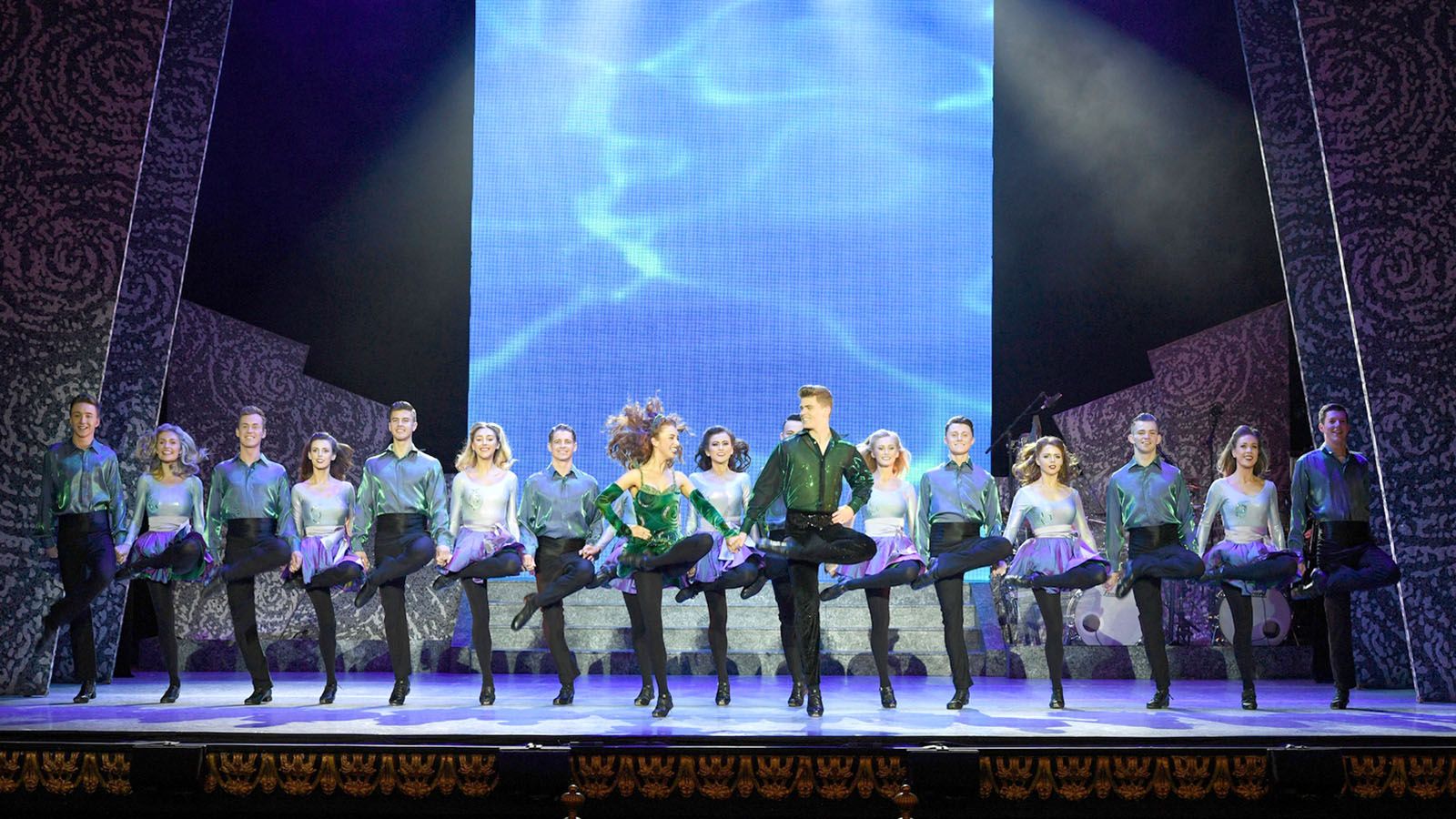Fort Wayne Ballet will be rounding out their 2022-23 main stage season by presenting one of the most iconic classical ballets in history, Swan Lake, as the Fort Wayne Philharmonic also makes its return.
“Bittersweet love takes flight in Tchaikovsky’s romantic tragedy,” a description of the show says on the Ballet’s website. “Prince Siegfried must marry, and his heart chooses the doomed Odette, the princess fated to spend her daylight hours as an enchanted swan. Only true love will break the spell, but the prince is tricked into pledging himself to another. Discover this timeless classic and find out why it continues to live on in the hearts of aspiring princesses around the world.”
The Philharmonic’s return from a strike that was settled this month will be on opening night, Friday, March 24, at Arts United Center. There will also be two shows on Saturday, March 25, and one on Sunday, March 26, followed by a sensory-friendly show that evening without the orchestra.
Humble Beginnings
Though this is now one of the most well-known classical ballet repertoire pieces, it was not always a hit with crowds.
“Ironically, Swan Lake flopped in the 1800s” FWB Artistic Director Karen Gibbons-Brown said. “Crowds said that the choreography was poorly done and the music was underwhelming.”
This “underwhelming” music was written by the well-known Russian composer Peter Ilyich Tchaikovsky. It was only after his death that Swan Lake gained greater traction with audiences.
In a 2017 Whatzup article, Gibbons-Brown said, “When Tchaikovsky passed away, they included Act II of Swan Lake at his funeral, and it had been re-choreographed. People decided that it wasn’t so bad after all, and it has eventually become iconic.”
The re-choreographing was done by Marius Petipa, who was also responsible for choreographing other famous versions of classical ballets, including The Nutcracker, The Sleeping Beauty, and Giselle.
In recent years, there has been conversation in the industry about whether or not these classical ballets should be appearing so consistently in a company’s repertoire. Some say that performing them is the equivalent of displaying historic art in a museum.
“Dance companies don’t want to be museums, but there is so much to be learned from the classics,” Gibbons-Brown said.
Gibbons-Brown said performing these classical ballets has numerous benefits for company dancers, including challenging them technically. She also said that, though the roots of the choreography and story have remained the same over time, so much about this ballet has evolved, allowing Swan Lake to take on new life. For instance, costumes have been modernized to allow dancers to perform steps with greater range of motion and agility. Rather than the ankle-length, tulle skirts of the past, most productions of Swan Lake in 2023 will have dancers costumed in short, classical tutus.
“Swan Lake is a tried-and-true classic,” Gibbons-Brown said. “It’s not a museum piece. It lives.”
It Takes a Corps
In choosing to perform Swan Lake as part of their repertoire, FWB has decided to perform one of the most challenging classical ballets ever created.
“Swan Lake is a big ballet to tackle,” Gibbons-Brown said. “It was last done by FWB in 2017, and the company has grown in size tremendously since then.”
When FWB performed Swan Lake in 2017, it was the first time the full-length version had been performed in Fort Wayne.
One of the things that makes ballet a challenge is the sheer number of dancers that are required to make up the cast.
“The corps really makes this ballet,” Gibbons-Brown said.
The corps de ballet, commonly referred to as simply the corps, is a French term that translates to “body of the ballet” and refers to the large number of dancers that perform group pieces in a ballet.
One of the most iconic scenes in this ballet is when the entire corps de ballet is entering the stage one by one in Act II. This requires a tremendous amount of musicality and rehearsal time to coordinate.
“It’s a lot of bodies to get to move in the same way, but when done correctly, the patterns are incredible,” Gibbons-Brown said. “It’s about the architecture, not just the movement.”
Becoming a Swan
Another aspect of this ballet that is challenging is the level of detail that goes into each movement.
“It’s a challenge because you use your basic technique, but it is also so detailed,” Gibbons-Brown said.
As the dancers attempt to fully embody their roles as swans, each hand gesture and arm movement become vital details that require a great amount of attention. Gibbons-Brown said sometimes they will dedicate an entire rehearsal to getting the details of the swan-like arm movements correct.
In addition to the challenges that the corps de ballet faces, this ballet also features one of the most demanding lead roles in all of classical ballet. The iconic Odette/Odile role, which will be performed by Saki Morimoto, Izumi Masaki, and Amber Bailey, requires incredible strength and stamina as well as exceptional stage presence.
“Part of what makes it so technically demanding is that roles of Odette and Odile are performed by the same dancer,” Gibbons-Brown said. “Pulling this off requires great technical skill but also skillful embodiment of the characters.”
Sensory Friendly Performance
There will also present a sensory-friendly performance on March 26 at 6:30 p.m.
According to the Ballet’s website, “Fort Wayne Ballet is happy to partner with the support of AWS Foundation to provide a special Sensory-Friendly Performance of Swan Lake for families coping with sensory sensitivities. Lower sound and lighting levels, reduced special effects, designated quiet areas and remote viewing in the lobby, and trained staff on-hand to accommodate families’ needs. Tickets are free and available by calling (260) 422-4226. This performance is not open to the general public.”





